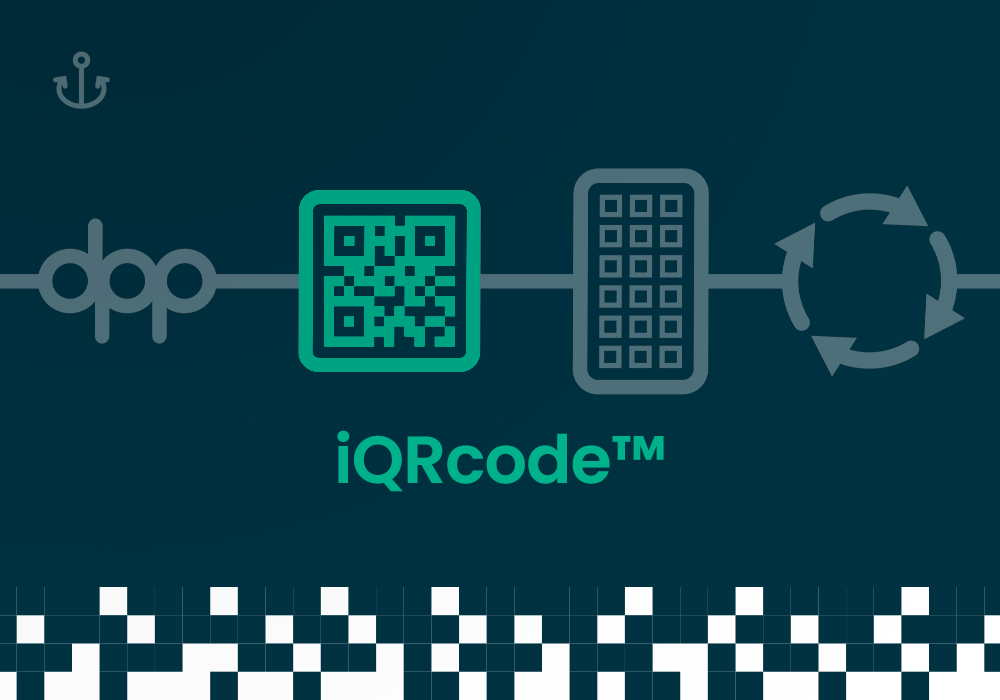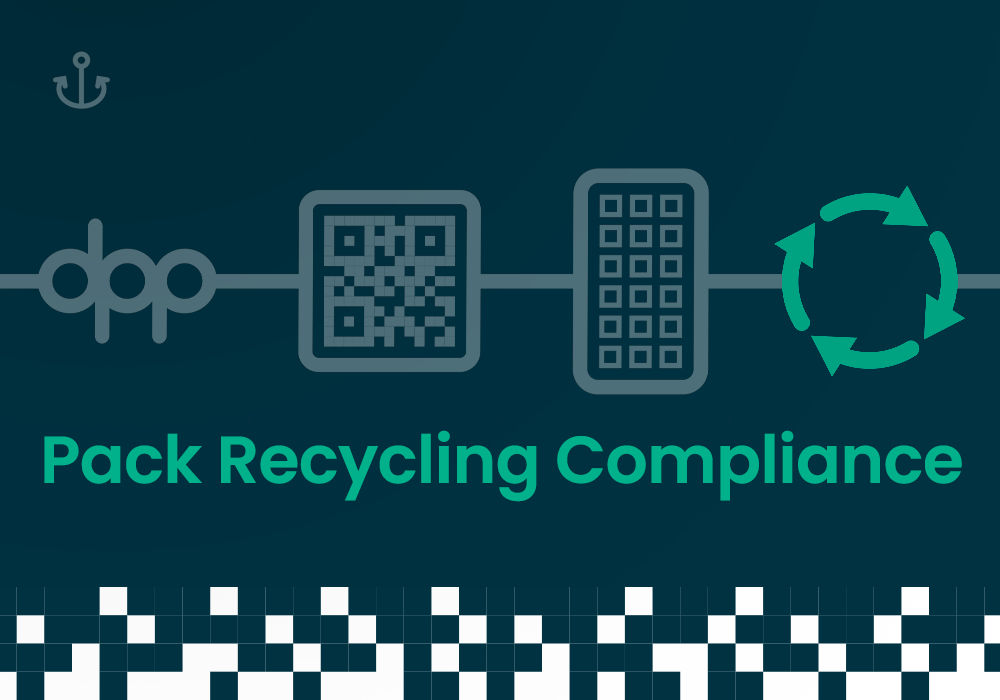Digital Product Passport is now the law
We’ve been talking about DPP’s for months and months but finally, the law came into force today.
From the EU Commission website:
“The Ecodesign for Sustainable Products Regulation (ESPR), which entered into force on 18 July 2024, is the cornerstone of the Commission’s approach to more environmentally sustainable and circular products.
Products and the way we use them can have a significant impact on the environment. Consumption in the EU can therefore be a major cause of climate change and pollution.
The ESPR is part of a package of measures that are central to achieving the objectives of the 2020 Circular Economy Action Plan. They will contribute to helping the EU reach its environmental and climate goals, doubling its circularity rate of material use and to achieving its energy efficiency targets by 2030.”
What does this mean for you if you are a fashion, textiles or shoe business?
It means you will need to move fast. We believe the QR codes will need to be on garments or footwear during 2026. We have a brochure showing timelines and what you need to do and when, so please do drop us a line and we’ll send you a copy.
What is a Digital Product Passport?
DPP’s document many elements, such as supply chain touch points, product lifecycle, material and sustainability attributes.
Our Digital Product Passport tech is being used on thousands and thousands of shoes and garments today. This is, we believe, the first DPP on shoes, and is being used on every pair shipped out by Esska . Their QR codes also meet GS1 requirements and are future proofed to scan at checkout.

And remember, the Italian recycle logos and French Triman logos are part of the DPP, if the Digital Product Passport doesn’t have these logos, it will not meet laws in place today. Refresh yourself on our patent pending Triman Logo Generator
One further thing to bear in mind, while looking at Digital Product Passports, they should all really be behind a QR code, RFID and NFC just doesn’t work on enough smartphones yet, and also, they should be QR codes that can scan at checkout in retail, because that is the new barcode requirement from GS1 (the digital link or resolver) and all retailers are going to soon require it… More on that, here.
If you’d like to book a call or demo, do not hesitate to contact us





